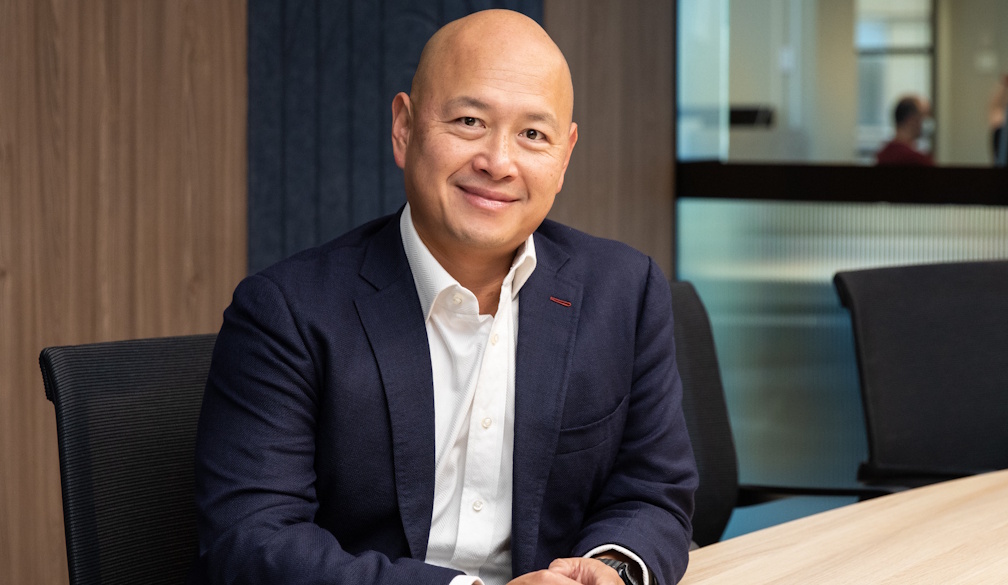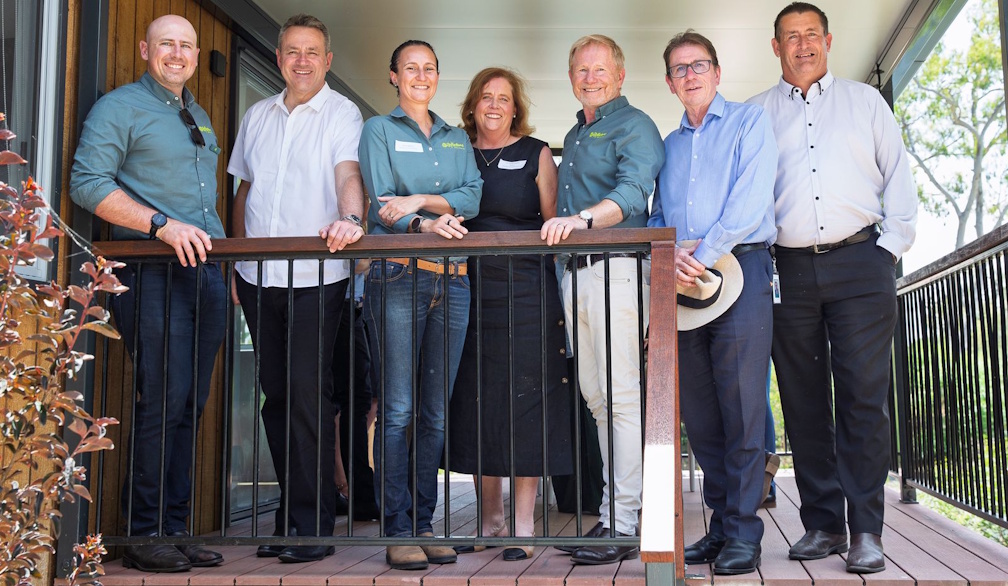The Reserve Bank might yet go negative
- Written by John Hawkins, Senior Lecturer, Canberra School of Politics, Economics and Society, University of Canberra
 ksb/Shutterstock
ksb/ShutterstockFew people expected the Reserve Bank to adjust its cash rate at its first meeting of the year today, and for good reason.
It has been saying loudly that it is “not expecting to increase the cash rate for at least three years”. Today it said the commitment extends to 2024.
But it isn’t a commitment not to cut the...














